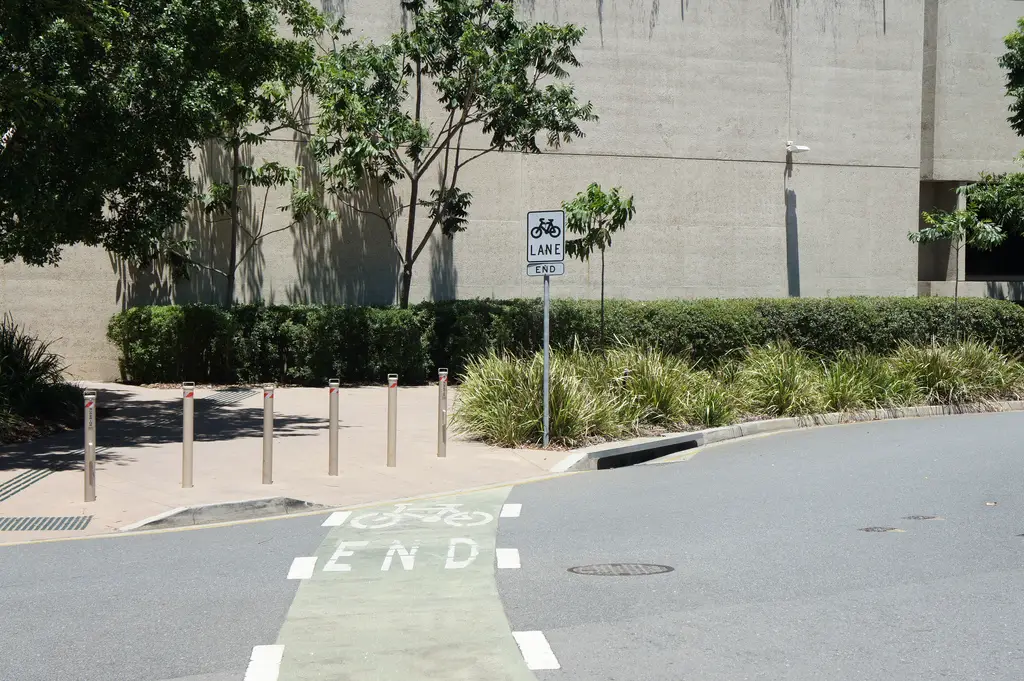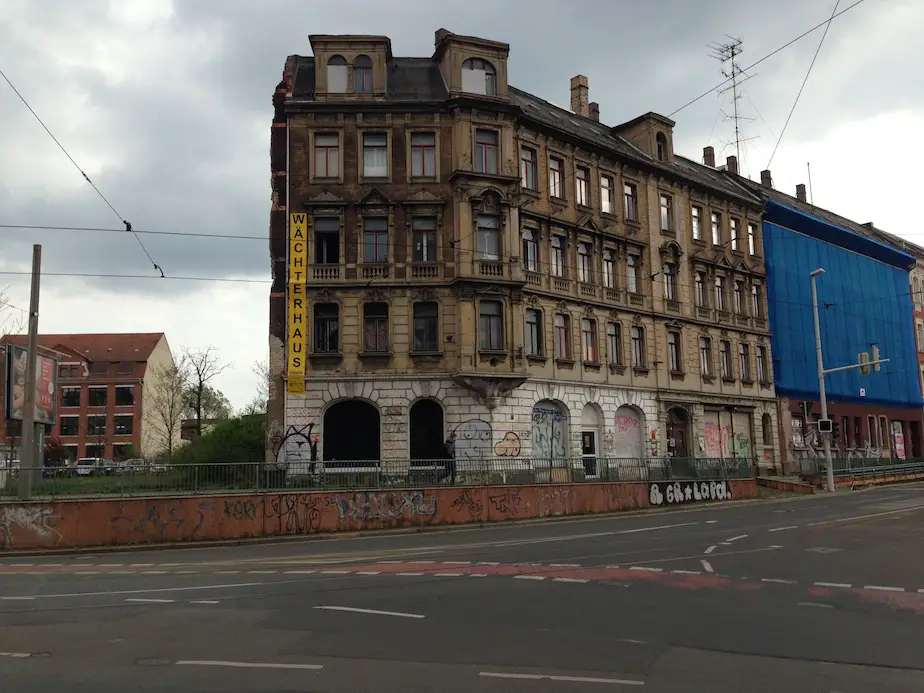Gentrification is a concept that comes from the English word gentry (high bourgeoisie). It is a process that happens in all cities with rapid economic development such as Paris, London, Barcelona and Berlin, the last of which is known as a young, creative and emergent metropolis. But the reality is that Berliners are struggling against gentrification.
When the Berlin wall fell, the eastern suburbs of the city were virtually empty. Many citizens of the former GDR left their homes to go to work to the West. At that time, young people, immigrants, punks and artists moved into those empty blocks where no one wanted to live. They created a sub-culture that nowadays is what attracts people. It also creates a symbolic and an interesting brand which is used by local governments as a tourist attraction.
So now, everyone wants to live in the trendy city of Berlin, where housing rents rise, nice little cafes open as well as vegan restaurants and expensive shops. The area is Bourgeoisified and lifelong neighbours and those who had created the essence of the neighbourhood are forced to leave because they cannot afford to pay the new standard of living.
Germany has suffered conflict situations because of centrifugal attempts of what are called creative collectives. In the city of Hamburg, for instance, artist groups have squatted buildings in protest against urban plans; and in Berlin, für alle Spreeufer movement regularly organizes demonstrations against Mediaspree, an investment group that plans to buy buildings and land near the river Spree.
Berliners are trying to defend and maintain their city with a young spirit by keeping rents well below those of other European capitals such as London or Paris. 85 % of people living in the capital are renting and sharing a property, while the remaining 15% own it. The association of real estate companies in Berlin, Brandenburger, believes that increasing rents is necessary to adapt and approach the average rent levels in Germany.

Gentrification processes follow always similar steps but they are never identical.
In cities like Barcelona, for instance, the process was not as clear as in Berlin. In the Catalan metropolis, gentrification was perceived more from the Olympics in 1992, when similar processes were accompanied by large urban projects that raised prices in the renovated areas.
La Barceloneta, a neighbourhood of fishermen, experienced a major transformation with the urbanization of its beaches. In a neighbourhood where only fishermen lived, rents soon started swelling, and the area became popular among tourists. Part of this was because of the Universal Forum of Cultures in 2004, an extravagant urban development project that only served to redesign the whole neighbourhood and create more tourist facilities, which incited spending and investment from the outside.
The improvement of living conditions of a degraded neighbourhood is not normally intended for its inhabitants. The joy of living in a place is not revalued for those who live there, but for those who have to live there. Gentrification is, in part, a consequence of the conception of the city as a business. A neighbourhood development has to be a more social, democratic and sustainable process made for and by people.
This interesting documentary called Bye-bye Barcelona shows us the consequences of these urban developments and how Barcelona authorities are placing tourism as a central strategy for the future of the city.
It perfectly illustrates what Jekaterina Balicka stated:
“The strong community of the city, which has not only created contemporary Berlin – one of the most pleasant urban environments in Europe, was also able to stand against the changes, which logically followed the first gentrification wave. I can claim that Berlin doesn’t like Master plans and high-end solutions. The cases of MediaSpree and Tempelhof Park illustrate how local initiatives forced the political representatives to include the interests of the inhabitants and flexible development plans into the long-term development strategies. This is what we can learn from Berlin.”
Tere García Alcaraz is an architect and development practitioner from Barcelona, with research and working experience in Ecuador, Venezuela, Spain and the UK. She lives in London.
Images via Henning Onken and jmsera


